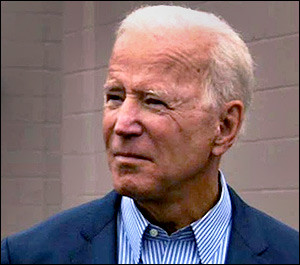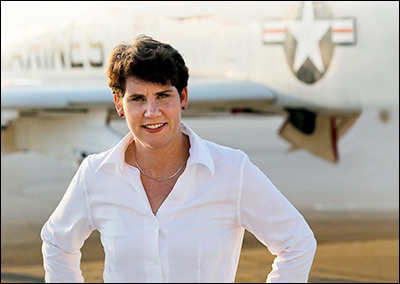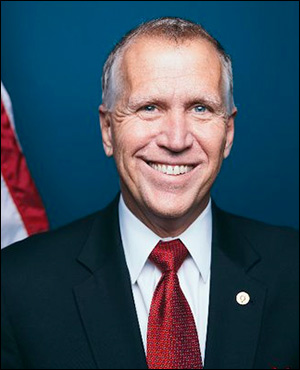By Jim Ellis
Nov. 8, 2019 — News Items: 1) Former senator and ex-US attorney general, Jeff Sessions (R), yesterday announced his candidacy to re-claim the US Senate seat he left in 2017.
2) On the 35th anniversary of his being elected to Congress, 18-term US Rep. Peter Visclosky (D-Merrillville/Gary) announced via Twitter that he will be retiring from the House at the end of his current term.
Alabama

Former Senator and US Attorney General, Jeff Sessions (R)
The eventual Republican nominee will oppose first-term Sen. Doug Jones (D), who won the special election to replace Sessions when he resigned to assume his duties as attorney general. This seat may be the most important in the 2020 cycle as a determining factor for the next majority.
If the Republicans could convert Alabama, a state that will be one of President Trump’s strongest in next year’s election, the GOP conference will expand to 54 members. Considering the configuration of other competitive seats during the Senate election cycle, winning this race might be enough for the Republicans to hold at least a smaller majority.
It’s unclear at the outset exactly how Sessions’ entry will affect the GOP primary. Already in the race are Secretary of State John Merrill, US Rep. Bradley Byrne (R-Mobile), former Auburn University head football coach Tommy Tuberville, state Rep. Arnold Mooney (R-Shelby County), and former Alabama state Supreme Chief Judge Roy Moore, the man who bungled the 2017 special election campaign that resulted in Sen. Jones’ victory.
Several surveys have been conducted of the GOP field, but none of the pollsters included Sessions in their ballot test. Therefore, we have little information as to the degree of residual strength he currently possesses as the campaign begins for real.
It is probable, however, that the emerging Sessions campaign effort polled the state before moving forward, and the fact that the former senator is announcing his candidacy suggests that the data reveals a path to victory.
Because of his public feud with President Trump, however, his standing with the Alabama Republican electorate is undoubtedly weaker than it was when he last ran for the Senate, an unopposed campaign in 2014, but it appears this 2020 Alabama GOP primary has become much more interesting and less predictable within the last 24 hours.
We will see new polls rapidly going into the field so we can expect to see new data very soon about how Sessions might fare as he returns to the political fray.


 Oct. 31, 2019 — With six US House seats coming open in October, it’s a good time to re-set where the incumbent-less districts stand for the next election.
Oct. 31, 2019 — With six US House seats coming open in October, it’s a good time to re-set where the incumbent-less districts stand for the next election.


